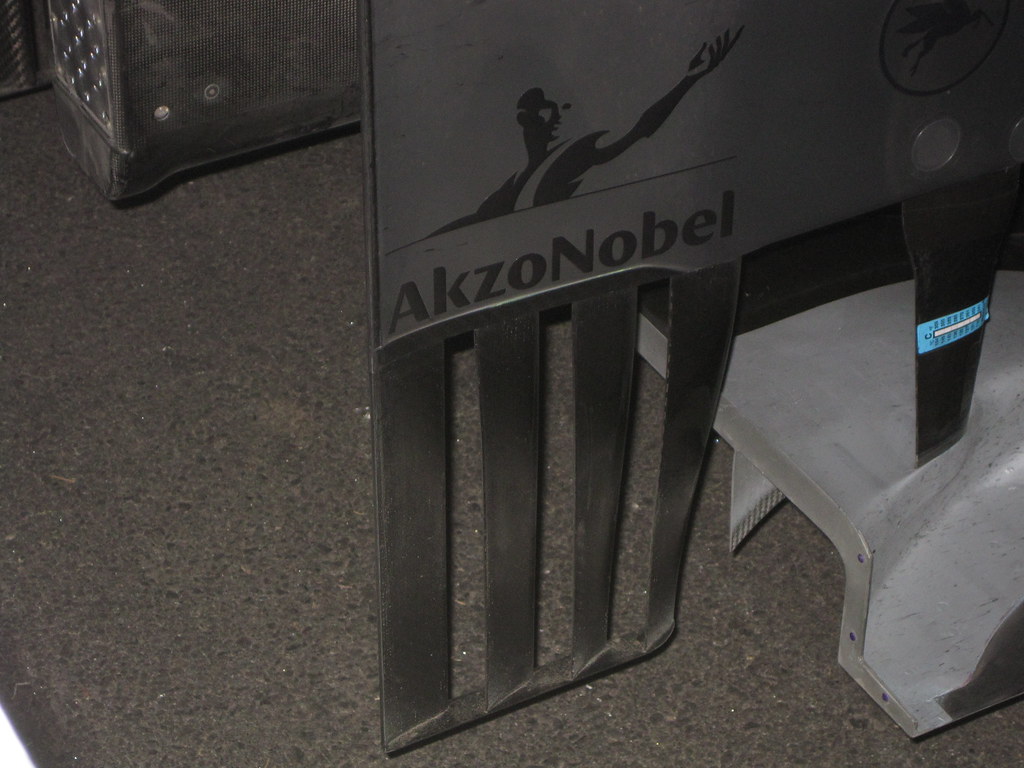Muulka wrote:All of this talk of metal seems very strange for something in modern F1....
Looks like in their haste McLaren have gone back about 20 years in terms of materials.
And a question- could someone please explain (in layman's terms) what all of these different methods mean (even the most basic lol. I really know nothing about metalwork).
Roughly the alternatives are...
Take a sheet of metal, heat it up, bend it over a mould... This is unlikely (a) because it would be pretty impossible to produce the separations under the diffuser and (b) because it would require making the mould first.
Take a block of metal, use a combination of grinders and lasers to cut away large sections of it – pretty plausable, can be done quickly from a CAD model and produces a very strong part.
Take a block of metal, melt it, pour it into a mould... Would require producing the mould, but is not entirely unlikely.
The ideal solution is to make the mould, lay strips of carbon fibre over it in a specific pattern, alternate with various resins and such to bond it all together into one cohesive structure... This is likely the way that what they turn up with in Malaysia will have been produced (assuming they don't still have an interim titanium diffuser).




